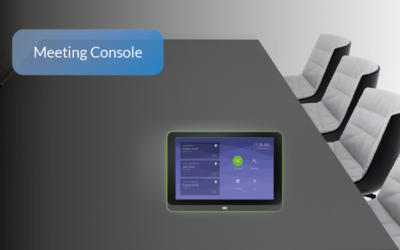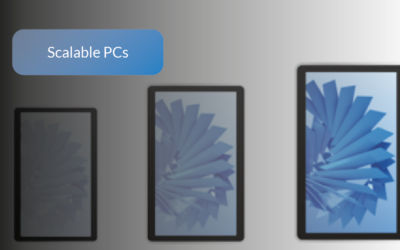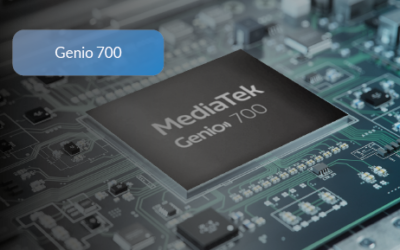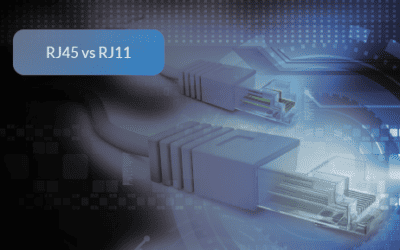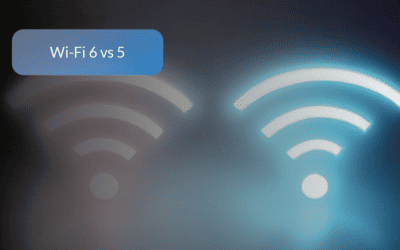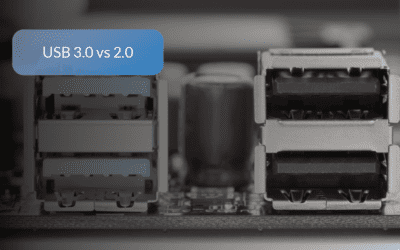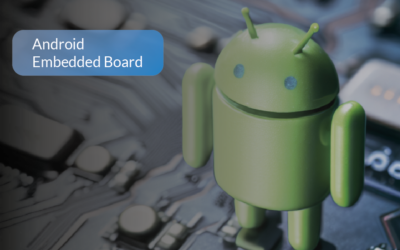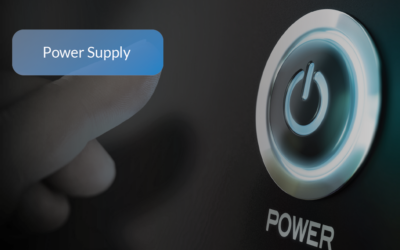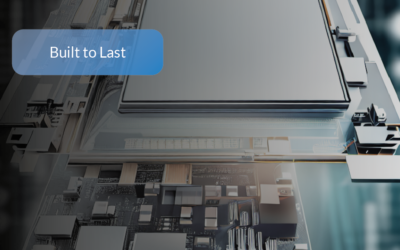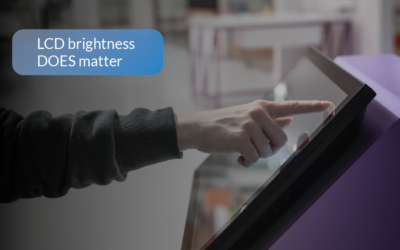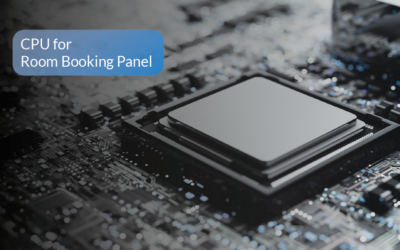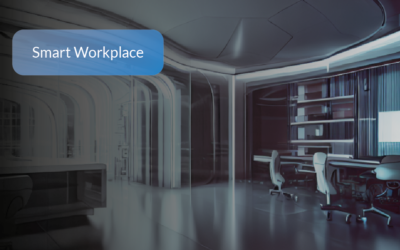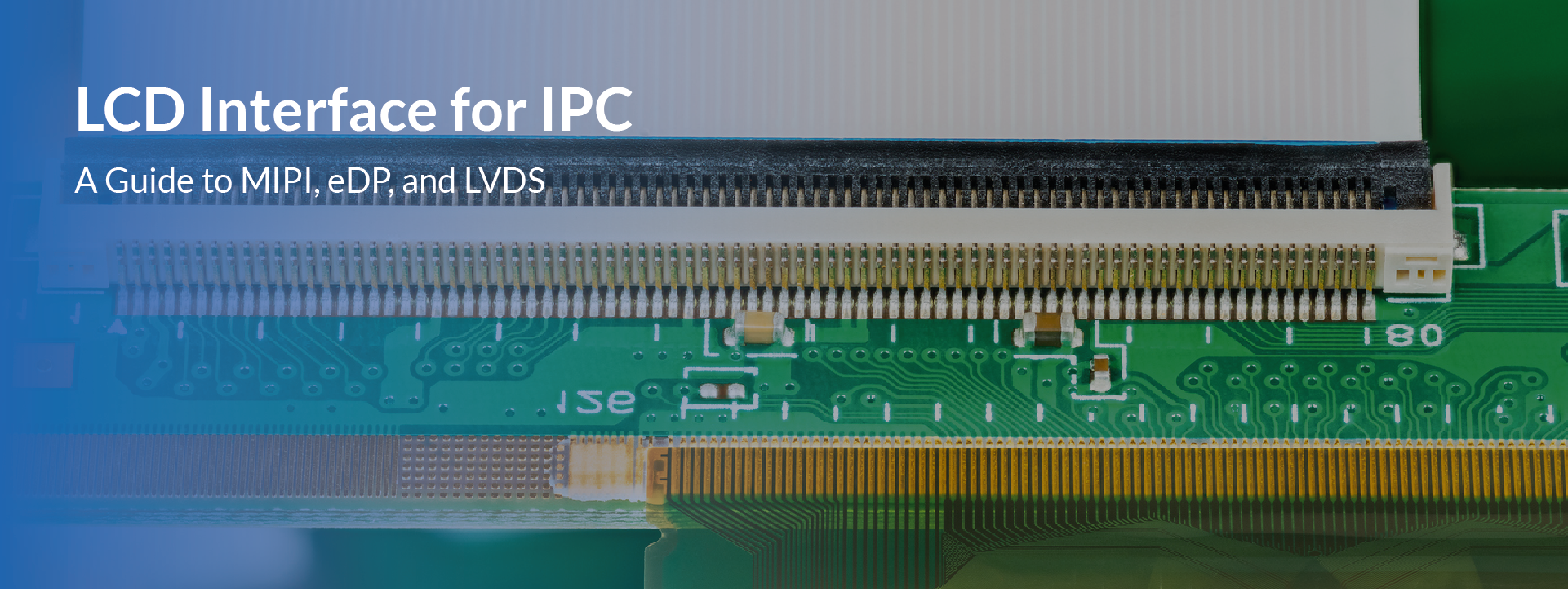
How to choose the right LCD Interfaces for Industrial PCs: MIPI, eDP and LVDS
Selecting the appropriate display interface technology is crucial for industrial PCs to ensure optimal functionality and high-quality display performance. Among the popular high-speed display connection technologies used in industrial PCs are MIPI, eDP and LVDS. This article will discuss the features and benefits of these LCD interfaces and how they can be used in industrial PCs.
The Common Industrial LCD Interfaces
MIPI Display Serial Interface
MIPI, or Mobile Industry Processor Interface, is a high-speed differential protocol that is widely used in cellphones but is also becoming increasingly popular in industrial PCs. MIPI Display Serial Interface (DSI) technology is created specifically for display communication.
Features and Benefits
- Designed to connect the displays of smartphones and smart gadgets, and it is today the most widely used connection interface.
- A differential clock pair is also present as part of the MIPI interface, which clocks both the signals and the data lines at a high frequency.
- Low voltage triggers these clock and data channels, resulting in low-power displays.
- This interface can handle a large amount of data since it can signal data quickly, exceeding the minimum frame rate requirements.
- MIPI interface displays may be capable of supporting high resolution, rich color rendering, and high-speed applications such as video transmission.
For a more detailed introduction to MIPI, check out our Quick Start Guide with Expert’s Tips
eDP Interface
Embedded DisplayPort (eDP) is a digital display interface developed by VESA for use in embedded systems, notebooks, and laptops. It is designed to provide high-speed, low-power, and cost-effective display solutions.
Features and Benefits:
- eDP has a high data transfer rate, supporting up to 8.64 Gbit/s with four data pairs.
- It is capable of transmitting video and audio signals, as well as data and control signals.
- eDP uses a low voltage differential signalling (LVDS) protocol, similar to LVDS, which allows for low power consumption and reduced electromagnetic interference.
- It supports high resolutions and frame rates, making it ideal for embedded systems and mobile devices that require high-quality display performance.
- eDP also has a feature called Multiple Independent Displays (MID), which allows for multiple displays to be driven from a single eDP interface, reducing the need for additional interfaces.
For a more detailed introduction to eDP, check out our Quick Start Guide with Expert’s Tips
LVDS Interface
LVDS (Low-Voltage Differential Signaling) is a common choice for large LCDs and peripherals that require high bandwidth, such as high-definition graphics and fast frame rates. It is also used in industrial PCs.
Features and Benefits
- High data transfer speed and low voltage, making it an excellent solution for industrial PCs.
- The signal is carried on two wires, with one transmitting the inverse of the other.
- The electric field generated by one wire is neatly hidden by the other, resulting in significantly reduced interference for surrounding wireless equipment.
- This method generates no noise and does not have its signals confused by external noise.
- The display is connected to an HDMI module via an LVDS interface, which handles gate and driver signals and the capacitive touch interface.
For a more detailed introduction to LVDS, check out our Quick Start Guide with Expert’s Tips
When choosing between MIPI, eDP and LVDS for a display interface, there are several factors to consider:
- Resolution: MIPI is suitable for small displays, while LVDS is better for larger displays with higher resolutions. eDP is also capable of supporting high resolutions and frame rates, making it ideal for embedded systems and mobile devices.
- Bandwidth: LVDS has a higher bandwidth than MIPI, which makes it a better choice for applications that require high-speed data transmission. However, eDP supports a high data transfer rate of up to 8.64 Gbit/s with four data pairs, which makes it a good option for high-quality display performance.
- Power consumption: MIPI requires less power than LVDS, which makes it a better choice for battery-powered devices. eDP also provides a low-power display solution.
- Cost: MIPI tends to be less expensive than LVDS, which makes it a better choice for cost-sensitive applications. eDP is also designed to be cost-effective.
As a general rule of thumb when selecting an interface for IPC, MIPI is generally suitable for small device screens, eDP for medium-sized device screens, and LVDS for larger device screens when choosing display interface technologies. It is also important to consider the specific requirements of your application and check the compatibility of the chosen interface with the chipset of the LCD interface and the CPU of your IPC, especially when reusing a design for products of different sizes. LV-Tron’s massive design library can help its customers save time and money when reusing a design for different-sized products.
Faceoff: MIPI vs eDP vs LVDS – Which is the Best Display Interface?
MIPI and LVDS
MIPI vs LVDS. MIPI’s Display Serial Interface (DSI), was specifically created for display communication. LVDS however, can be used to communicate large LCDs and other peripherals that are bandwidth-intensive. MIPI can send and receive video data. LVDS, however can only transmit video. MIPI uses a dual clock pair to cycle both the signals and data lines at high frequency. The result is low-power displays. LVDS however uses low voltage differential signling (LVDS), protocol. This generates little noise and makes it impossible for external noise to confuse the signals. LVDS provides a great solution for industrial PCs because of its speedy data transfer speeds and low voltage.
eDP vs LVDS
Embedded DisplayPorts (eDP), and LVDS can be used to create digital displays that are fast, efficient, low-power, affordable, and economical. eDP, similar in concept to LVDS uses low voltage signalling (LVDS), which permits for low power consumption as well as reduced electromagnetic interference. It’s capable of sending video and audio signals and also data and control messages. eDP boasts a very high data transfer rate, up to 8.64Gbit/s. This includes four data pairs. The eDP also supports higher resolutions and frame rates. LVDS, however, can provide a solution to large LCDs as well peripherals which require very high bandwidth. It transmits one wire, while the other is the inverted of the other. This reduces interference with surrounding wireless equipment.
MIPI vs eDP
MIPI (or digital display interface) is a combination of high-speed display technology and low-cost display options. MIPI allows for control commands and video data transmission, while eDP allows you to transmit data and control signals as well. MIPI connects smartphones to their displays. It is popular in smart phones and tablets. VESA has developed eDP, which can be used in embedded systems and notebooks. MIPI makes low-power displays possible by using a differential clock pairing to clock signals and data lines at high frequencies. eDP on the other side supports a high speed data transfer rate, up to 8.64 Gbit/s and four data pairs. This is great for embedded devices and mobile devices who require high quality display performance. Consider display resolution, bandwidth consumption, power usage, cost, and price when choosing between MIPI/eDP to be your display interface.
Comparison Table: MIPI vs. eDP vs. LVDS
| Features | MIPI | eDP | LVDS |
|---|---|---|---|
| Full form | Mobile Industry Processor Interface Display Serial Interface | Embedded DisplayPort | Low-Voltage Differential Signaling |
| Application | Smartphones, smart gadgets, displays | Embedded systems, notebooks, laptops, and panel PCs | Large LCDs, high-definition graphics, fast frame rates |
| Data Transmission | High-speed differential protocol | Low-voltage differential signaling (LVDS) | Differential signaling at low voltages |
| Bandwidth | Supports high resolution, rich color rendering, and high-speed applications | Ideal for high-quality display performance and high resolutions and frame rates | Excellent for applications that require high bandwidth |
| Data Transfer Speed | Can signal data quickly, exceeding minimum frame rate requirements | High data transfer rate of up to 8.64 Gbit/s with four data pairs | High data transfer speed |
| Interference | Less interference for surrounding wireless equipment | Ideal for embedded systems and mobile devices | Less interference for surrounding wireless equipment |
| Advantages | Fast speed, large data transmission volume, low power consumption, good anti-interference | High-speed, low-power, and cost-effective display solutions | High data transfer speed |
| Suitable for | Smartphones, smart gadgets, displays, embedded systems, notebooks, single-board computers, and panel PCs | Embedded systems, notebooks, laptops, and panel PCs | Panel PCs, embedded systems |
| Display Resolution | High | Ideal for high-quality display performance and high resolutions and frame rates | High |
| Signal Type | Video stream data and control commands | Video and audio signals, data, and control signals | Video Data |
Note: This comparison table is for reference only and there may be other factors to consider when choosing between MIPI DSI, eDP, and LVDS for different applications.
Optimizing MIPI Interface for Noise Reduction: Bonus Tips
When using MIPI as an LCD interface, it is generally recommended to keep the distance between the MIPI transmitter and the receiver as short as possible (less than 5cm) to minimize noise and signal degradation. Ideally, the distance should be within a few centimeters or less. The shorter the distance, the better the signal integrity and the less susceptible it is to noise interference.
However, if longer distances are unavoidable, there are a few measures you can take to mitigate noise:
- Use high-quality shielded cables: Shielded cables can help minimize electromagnetic interference (EMI) and noise pick-up along the transmission path.
- Implement proper grounding: Ensure proper grounding of the MIPI interface components to reduce ground noise and improve signal integrity.
- Use impedance matching: Maintain proper impedance matching between the transmitter and receiver to prevent signal reflections and minimize signal degradation.
- Minimize signal crossings: Try to minimize the number of signal crossings with other high-speed or noisy signals to avoid interference.
- Use signal integrity analysis tools: Utilize signal integrity analysis tools to assess and optimize the signal integrity of the MIPI interface design.
By following these guidelines and considering the specific requirements of your LCD interface design, you can help minimize noise and ensure reliable data transmission over MIPI.
Conclusion
In conclusion, choosing the right display interface technology is crucial for industrial PCs to ensure high-quality display performance and efficient functionality. MIPI, eDP, and LVDS are popular LCD interfaces for display that have unique features and benefits. It is important to consider factors such as display resolution, bandwidth, power consumption, cost, and compatibility with the chipset of the LCD interface when choosing between these technologies. Checking compatibility is especially important when reusing a design for products in different sizes. The use of a design library, such as LV-Tron’s, can help customers save time and money by providing compatible interface designs. Overall, selecting the appropriate display interface technology for industrial PCs requires careful consideration of specific application requirements and compatibility with other components to ensure seamless integration and optimal performance.
Meeting Console Solution
LV-Tron Introduces Meeting Console Turnkey Solution for ProAV Branders Compatible with Microsoft Teams Rooms (MTR) and Zoom Rooms LV-Tron, a leading provider of innovative technology solutions, is proud to introduce the Meeting Console Solution. This offering is...
Transform Your Operations with Scalable Panel PCs
Transform Your Operations with Scalable Panel PCs Industrial PCs have become a cornerstone of modern industrial operations, offering robust and reliable solutions for a variety of applications. However, as industries evolve and requirements become more complex, the...
Driving IoT Innovation with LV-Tron and MediaTek Genio 700 (MT8390)
Driving IoT Innovation with LV-Tron and MediaTek Genio 700 (MT8390) As we continue to embrace the digital age, the Internet of Things (IoT) has become a significant part of our daily lives, with an estimated number of connected devices projected to exceed 75 billion...
The Benefits of Purpose-Built Visitor Management System Kiosks
The Benefits of Purpose-Built Visitor Management System Kiosks Visitor Management System Kiosks are self-service kiosks that allow visitors to check-in, register, and obtain a badge for entry into a facility. In recent years, the need for enhanced security and safety...
RJ45 vs RJ11: Decoding the Mystery of the Fast Connections
RJ45 vs RJ11: Decoding the Mystery of the Fast Connections In our interconnected universe, sluggish network speeds cause frustration and anxiety. Understanding RJ45 and RJ11 connectors is essential for networking and telecom applications. Making a common...
Wi-Fi 6 vs Wi-Fi 5: In-Depth Analysis for Industrial PC Applications
Wi-Fi 6 vs Wi-Fi 5: In-Depth Analysis for Industrial PC Applications With increasing demands for IoT (Internet of Things) devices and industrial PCs, selecting an ideal wireless standard for connectivity becomes more of a critical decision than ever. Here, we present...
USB 3.0 vs 2.0: Which One to Use for Industrial Applications?
USB 3.0 vs 2.0: Which One is Best for Optimized Performance and Cost-Effectiveness? Finding a balance between performance and cost when selecting USB 3.0 and 2.0 for industrial projects is essential. Since its debut in 1996, USB technology has advanced greatly; more...
Selecting the Best Smart Signboard for Capturing Maximum Attention
Discover the essential factors to consider when selecting the perfect smart signboard for your business or project. Learn how to capture maximum attention with the right combination of purpose, size, display quality, connectivity, compatibility, durability, and maintenance. Follow our comprehensive guide to make an informed decision and achieve success with your smart signboard investment.
The Most Flexible and Scalable Android Embedded Board for Your Projects
Choosing the right Android embedded board is crucial for the success of your IoT project. With so many options available, it can be overwhelming to determine which board is best suited for your project. LV-Tron’s Android embedded board options offer a range of advantages, including cost and performance considerations, scalability and flexibility, quick development time, and exclusive features such as hardened Android operating systems and remote device management apps. With LV-Tron’s expertise in the latest technologies and industry trends, you can be confident that our Android embedded board options will meet your project requirements
Choosing the Right Industrial PC Power Supply: Embedded, External, or PoE?
Choosing the Right Industrial PC Power Supply: Embedded, External, or PoE When it comes to powering industrial PCs, three primary options exist embedded power supplies, external power supplies and Power over Ethernet (PoE). Embedded power supplies are built into the...
Best LCD Types for IPC: TN, IPS, and VA Compared
LCD displays are the most commonly used display technology in industrial PCs due to their durability, versatility, and cost-effectiveness. In this article, we explore the three main types of LCD displays: TN, IPS, and VA, and their benefits for industrial PC applications. We discuss the strengths and weaknesses of each display type, and provide insights on choosing the right display type for your industrial PC. From considering the specific requirements of your application to assessing the environmental conditions in which your industrial PC will operate, we cover all the essential factors to help you make an informed decision. Whether you’re looking for high image quality for graphic design or need accurate color representation for medical imaging, this article will provide you with the knowledge to select the right display technology for your industrial PC needs.
How LV-Tron’s Industrial-Grade Room Booking Panels are Built for Reliability
LV-Tron’s industrial-grade room booking panels are designed to withstand harsh environments and heavy usage. They are built with high-quality industrial-grade components, secure mounting options, and offer software-level security measures. The panels are fanless, shock/vibration resistant, and undergo rigorous quality testing to meet industrial-grade standards for both hardware and firmware. With these features, LV-Tron’s room booking panels provide a reliable and durable solution for any space.
How High-Brightness LCD Displays Can Benefit Your Self-Service Kiosks
Learn why LCD brightness is crucial for your self-service kiosks. Explore the benefits of high-brightness LCD displays and factors to consider when choosing the optimal brightness level.
Choosing the Right CPU Platform for Your Room Booking Panel: Advice from Industrial PC Experts
Choosing the right CPU platform is crucial for optimal performance of your room booking panel. Learn about NXP, MediaTek, and Rockchip CPU options, their benefits and things to consider, and factors to keep in mind when choosing a CPU for your room booking app. LV-Tron, with over 20 years of experience in industrial computers, offers expert guidance and evaluation to help you find the most effective, cost-saving, and future-proof solution for your needs.
Empowering the Future of Smart Workplaces with LV-Tron’s Hardware
LV-Tron’s IoT hardware provides the foundation for the smart workplaces of the future. Learn how meeting room management, on-demand energy consumption, flexible working, and commitment to security can empower your business.

